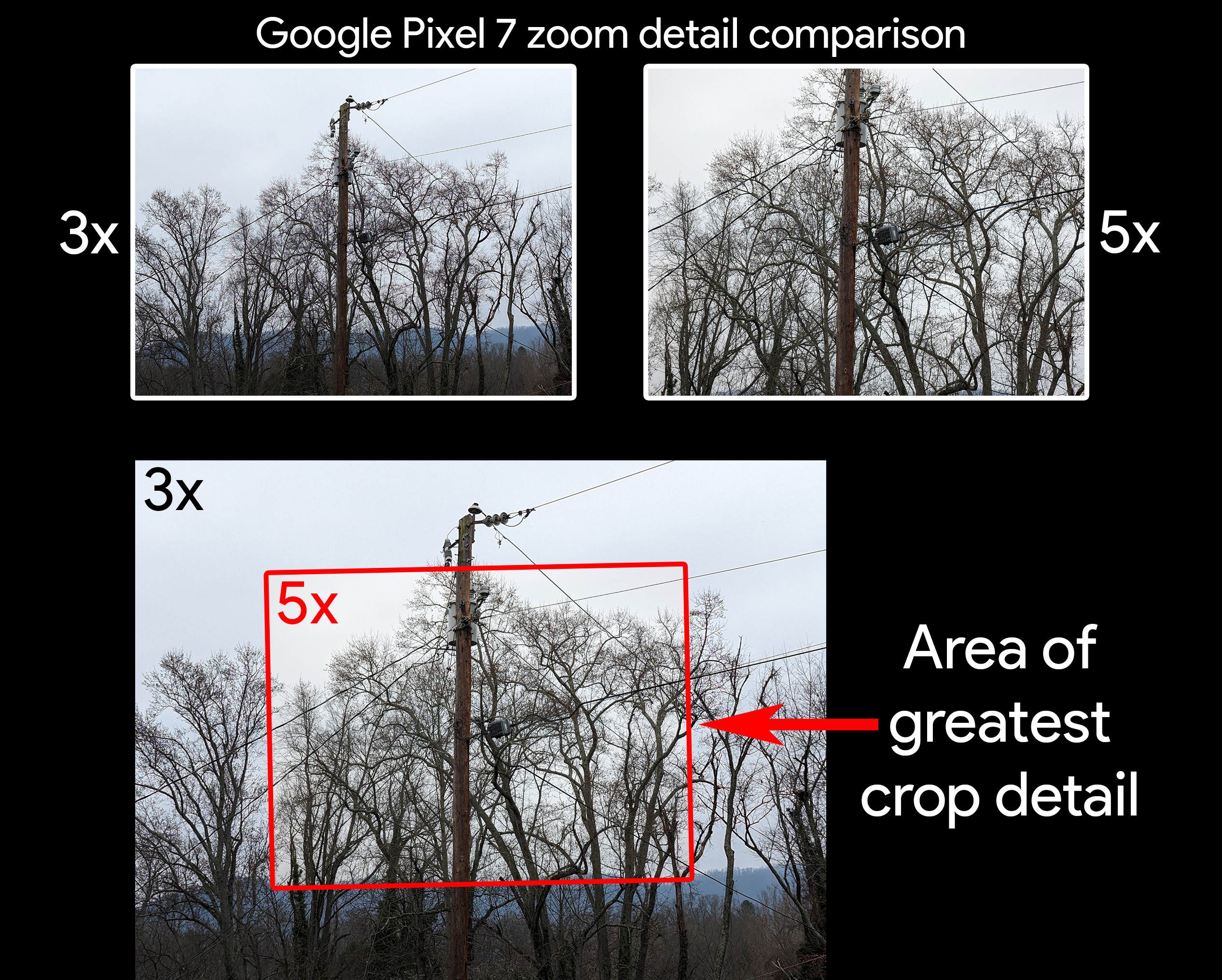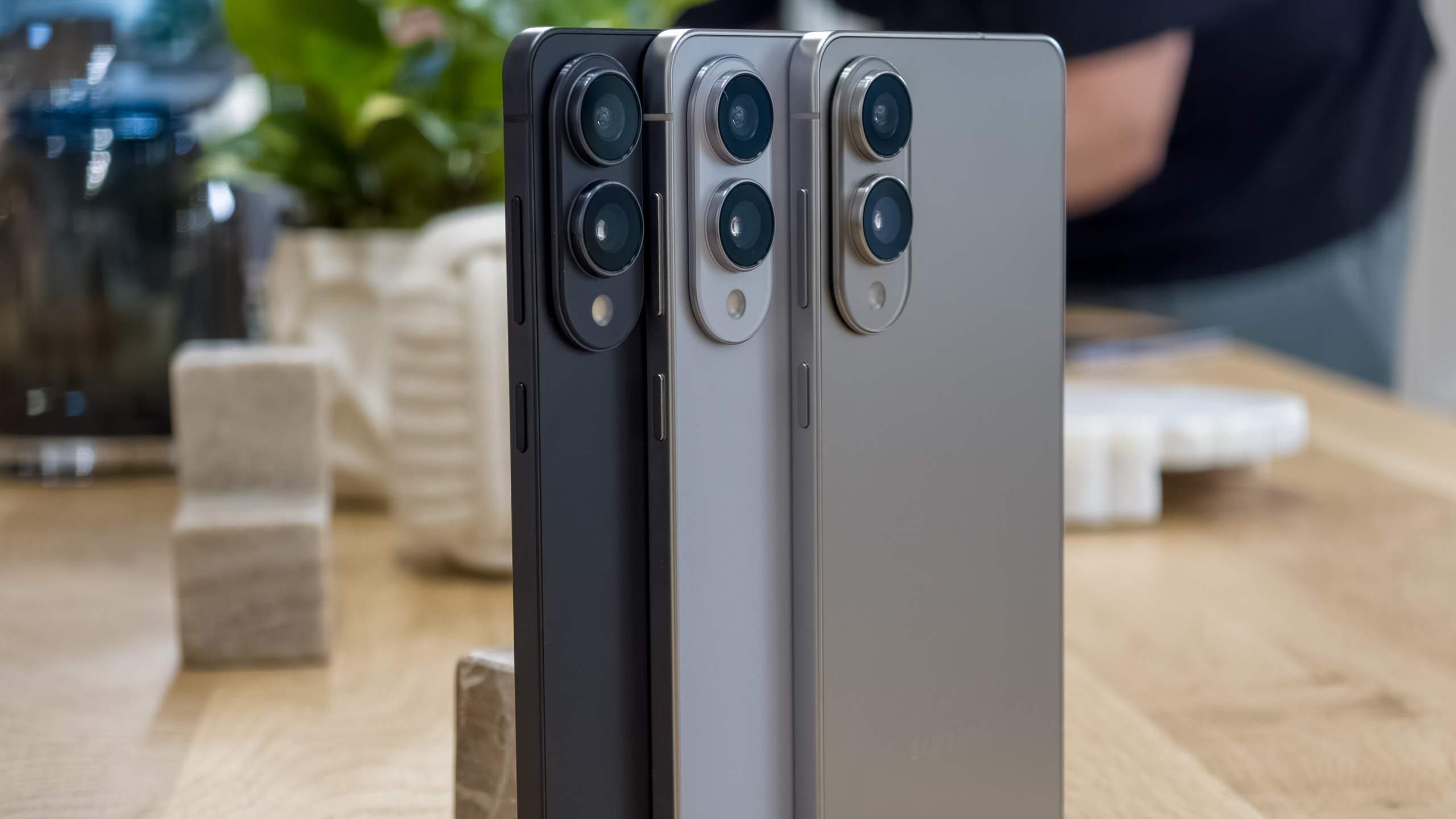Here's why you want a phone with a periscope camera
It's for more than just zooming way in.

Now that Apple finally got on board with the zoom craze, I can easily recommend everyone to get a phone with a proper zoom lens. Good zoom lenses do so much more than just let you zoom in 10, 20, or even 100x. They provide genuine improvements to photo quality at all zoom levels.
No matter what brand of phone you prefer — or OS, either — some of the biggest and best phones pack in a 5x (or higher) optical zoom lens these days. Phones like the Samsung Galaxy S23 Ultra even ramp that up to a 10x zoom lens, making it incredibly fun to take pictures of anything at just about any distance.
So, what are you looking for? Smaller phones like the Galaxy S23 offer 3x telephoto lenses, but those only help so much. Even worse, phones like the Pixel 7 or any of the smaller iPhone 15 models only offer one main camera and one ultrawide camera on the back, lacking any optical zoom sensors. The size of these phones might be nice, but missing out on that sweet, sweet extra zoom detail just plain sucks.
Here's why you need to go big this year.
So much detail
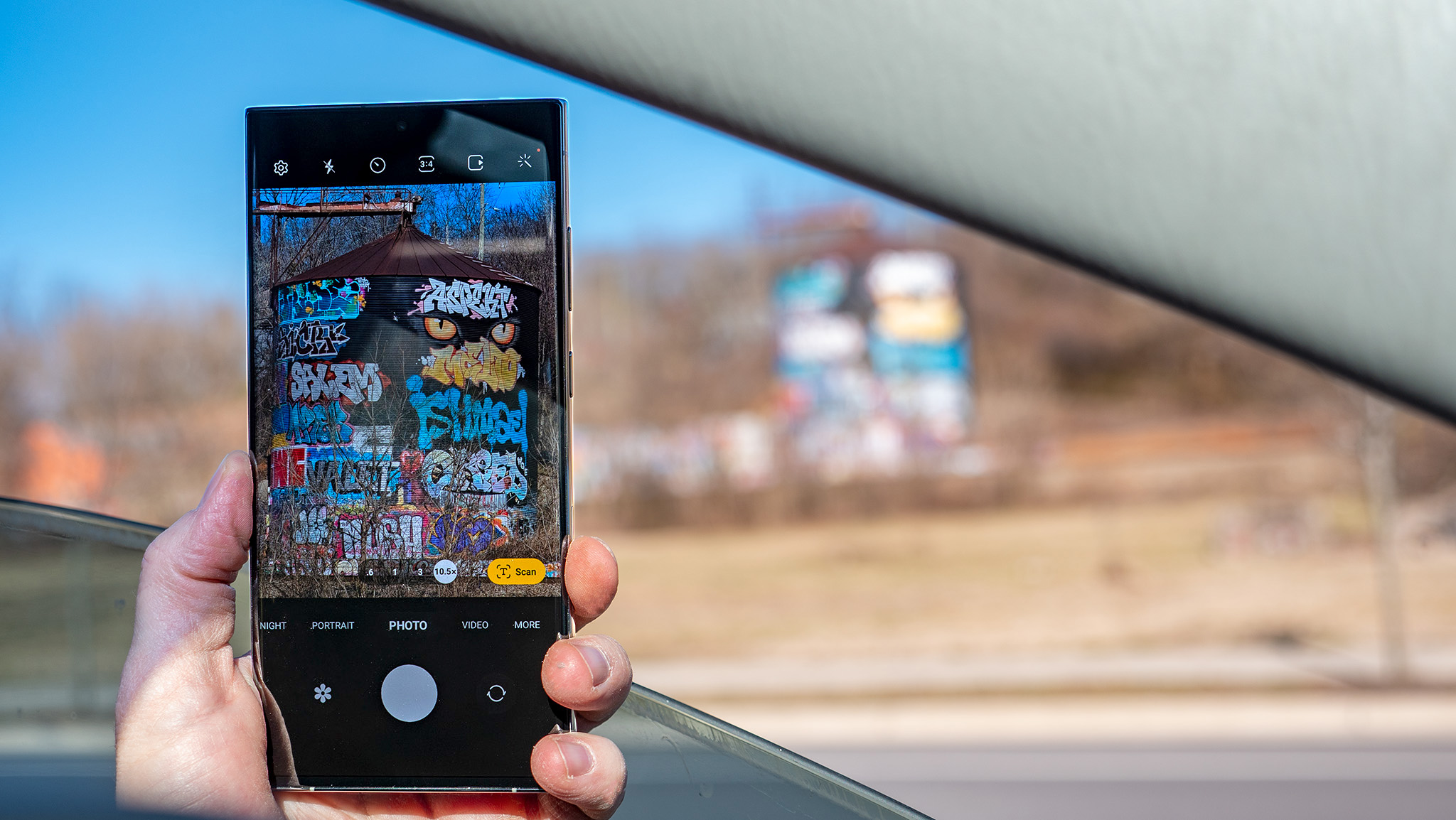
Doubtless, everyone has been in a situation where they tried to zoom in to capture a picture only to find the result is a blurry, pixelated mess. Smartphones have to pack a lot into a svelte body and, unfortunately, a "periscope" lens takes up a lot of room.
Periscope cameras are given the name because they use a sequence of lenses and mirrors to bend light at a 90-degree angle. This gives the overall lens and sensor an L-shape in a phone's body, allowing smartphone manufacturers to fit a longer lens inside the phone.
Otherwise, if the lens design was the same as the rest of the cameras on the back, your phone might be several millimeters thicker than it already is!
Get the latest news from Android Central, your trusted companion in the world of Android
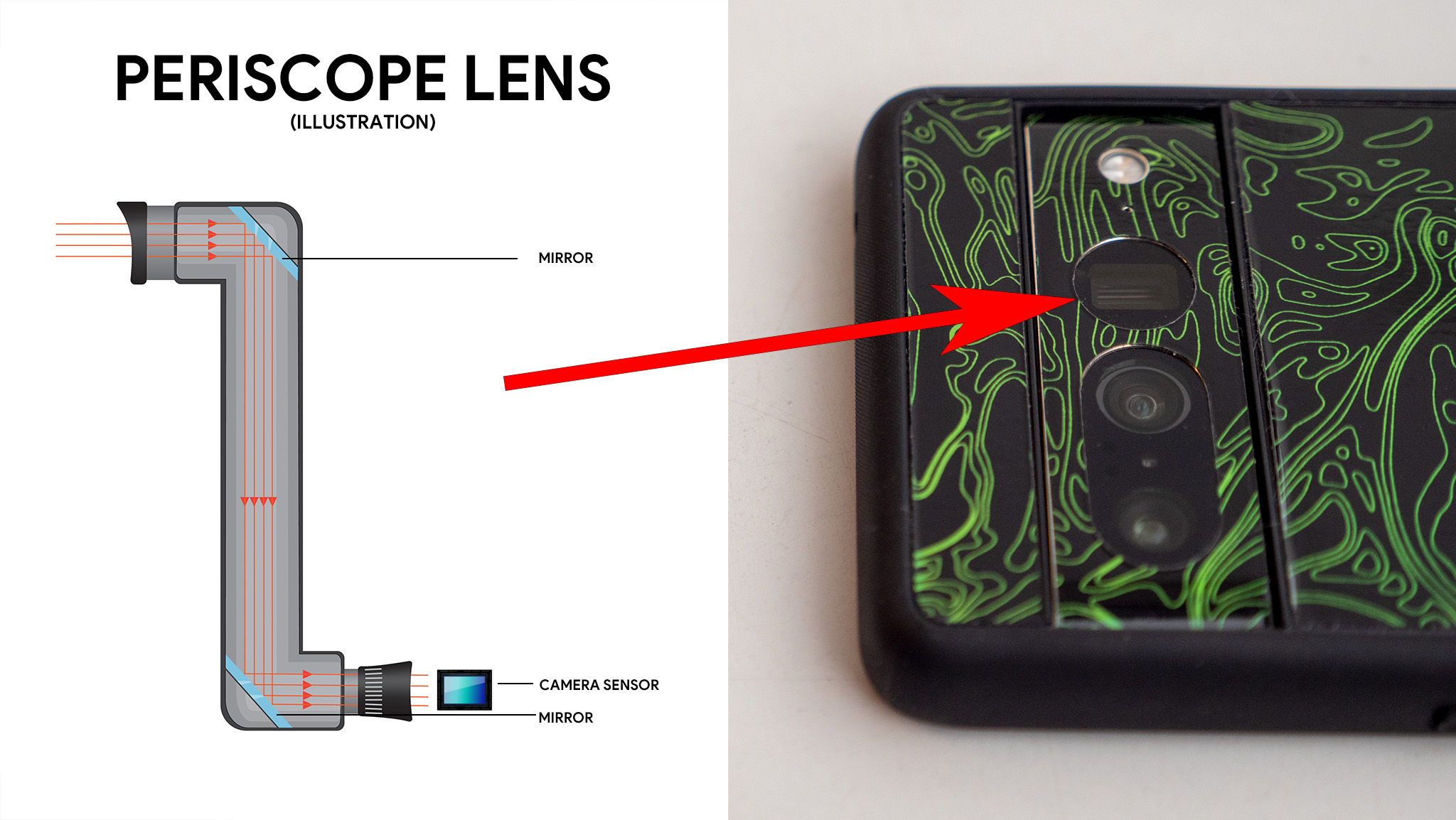
Essentially, think of it like taking one of those giant zoom lenses you see professional photographers sometimes use, miniaturizing it, then using mirrors to bend the light. That way, you can stuff the lens horizontally inside a phone's body and still give the effect of zooming optically.
And that's exactly why you don't see periscope lenses on smaller phones. There's simply no room to fit them inside a smaller phone body, as unfortunate as that is.
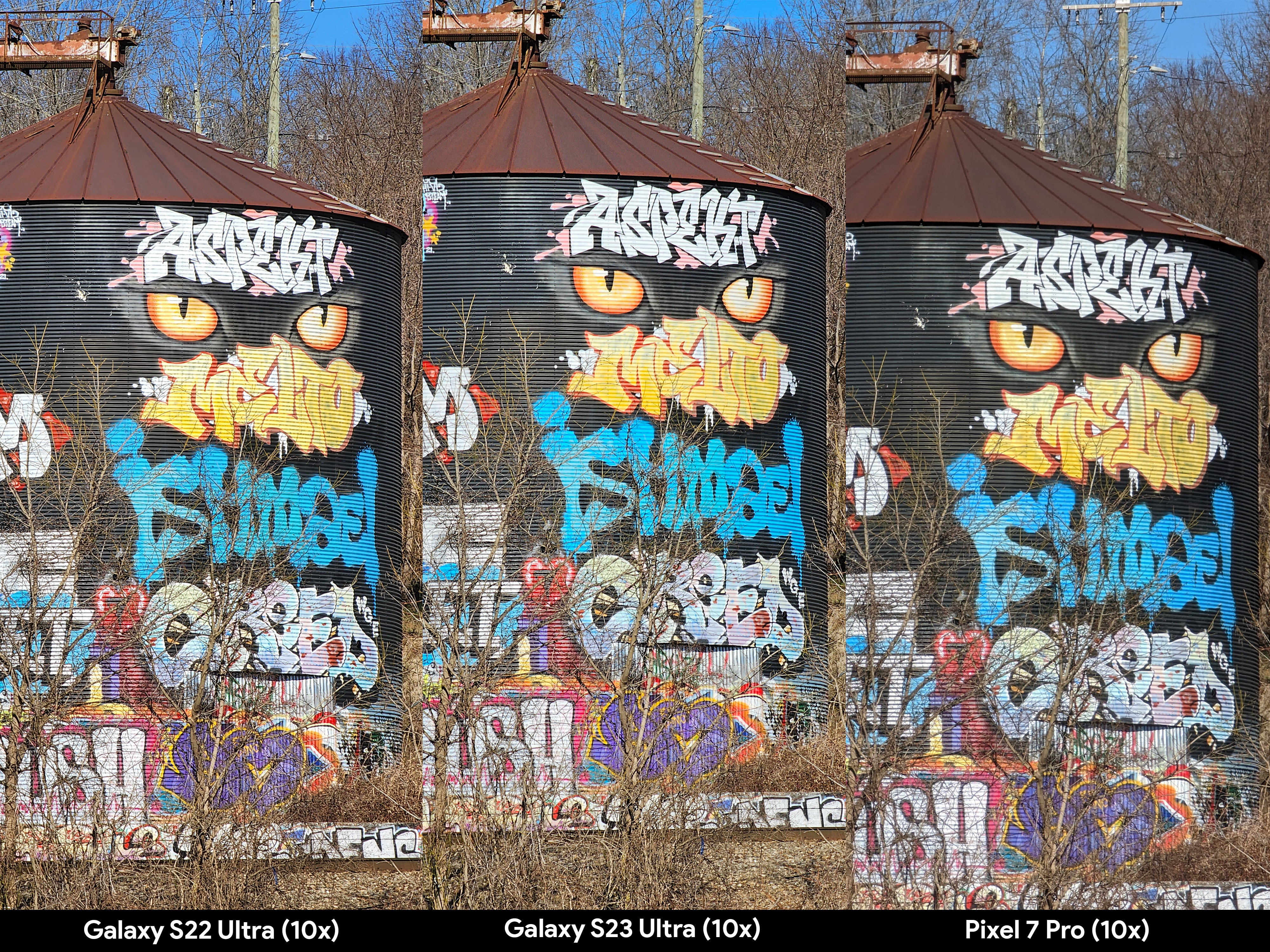
Periscope cameras, with their long focal length, grant the ability to clearly snap a picture of something hundreds of feet away in the case of the example used above. Here, I was able to pull my car over on the side of the road and snap a picture of this old silo that now sports some truly memorable graffiti.
Folks who live in a city will know that many buildings — especially historical ones — sport impressive architecture that's not easy to appreciate with the human eye at street level. Having a periscope camera means you can zoom right up on those gorgeous building facades and really appreciate all the little details around you every day.
It's not just for zooming
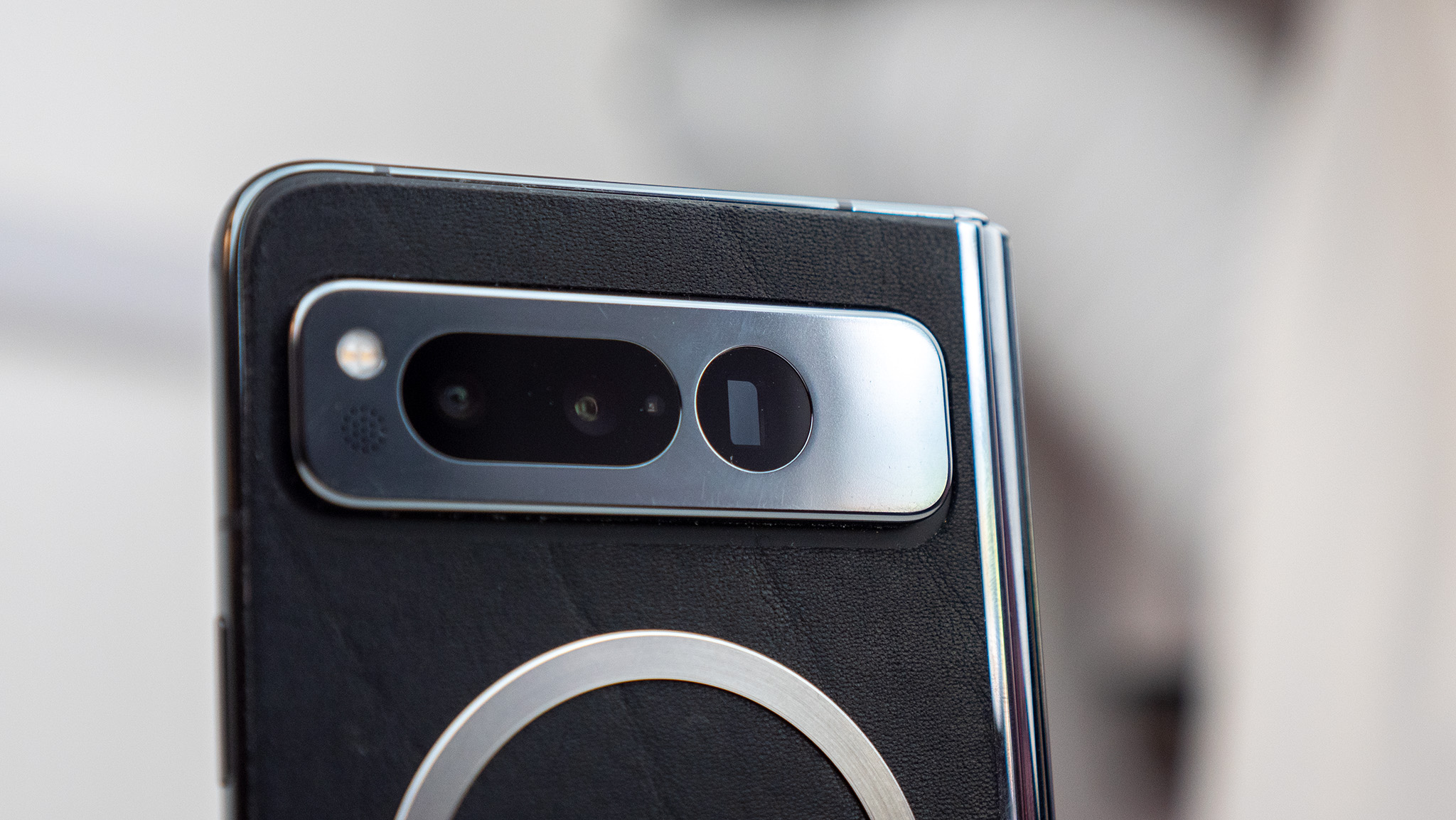
As Ben Sin mentioned in his iPhone 15 Pro Max review, folks living in a city benefit the most from a proper zoom lens as it enables you to capture so many moments you might otherwise miss. "For street photography, you usually want to use a long zoom, particularly when snapping photos of people or animals."
There's no doubt that people-watching in a city can be a fun way to pass the time, and having a phone with you to capture the moment can turn a personal memory into a sharable story.
But here's what might be even more fascinating. Companies like Google use tricks to enhance even regular photography — something Google calls Pro Level Zoom — which employs the use of the periscope camera to enhance the center of any image captured from the phone's other lenses.
Here's an illustration of what I mean:
Thanks to the existence of this lens, phones like the Pixel 7 Pro give you the ability to crop photos after being taken without losing much detail. Conversely, if you were to take the same photo on a phone without a periscope lens, cropping the photo would almost certainly result in a far lower-resolution, blurry image.
And periscope cameras can also be responsible for granting the best portrait mode shots you've ever seen from a phone, thanks to a tight focal length and natural depth of field provided by the lens.

But it's not just about cropping the frame to get a better shot of someone's face. It's also about not having to get so close in order to get a good shot. In the case of one of my pet chickens above, having a periscope lens means I can get a cleaner, closer picture of her face without getting close enough to startle her.
This goes for other animals or even people you take portrait mode shots (or just regular photos) of. Having some distance can be invaluable for getting the right shot, and a periscope camera enables you to do that in a way no other type of phone camera can.
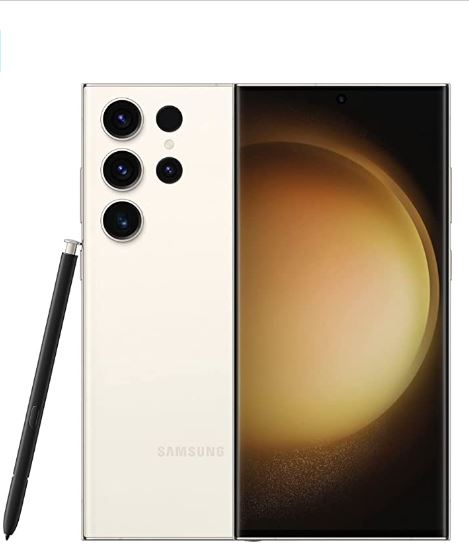
Get the ultimate periscope camera with the Samsung Galaxy S23 Ultra and zoom up to 100x without hassle. Plus, Samsung's portrait mode is the best in the business, using world-class AI to make photos look like they were taken with a professional camera.

